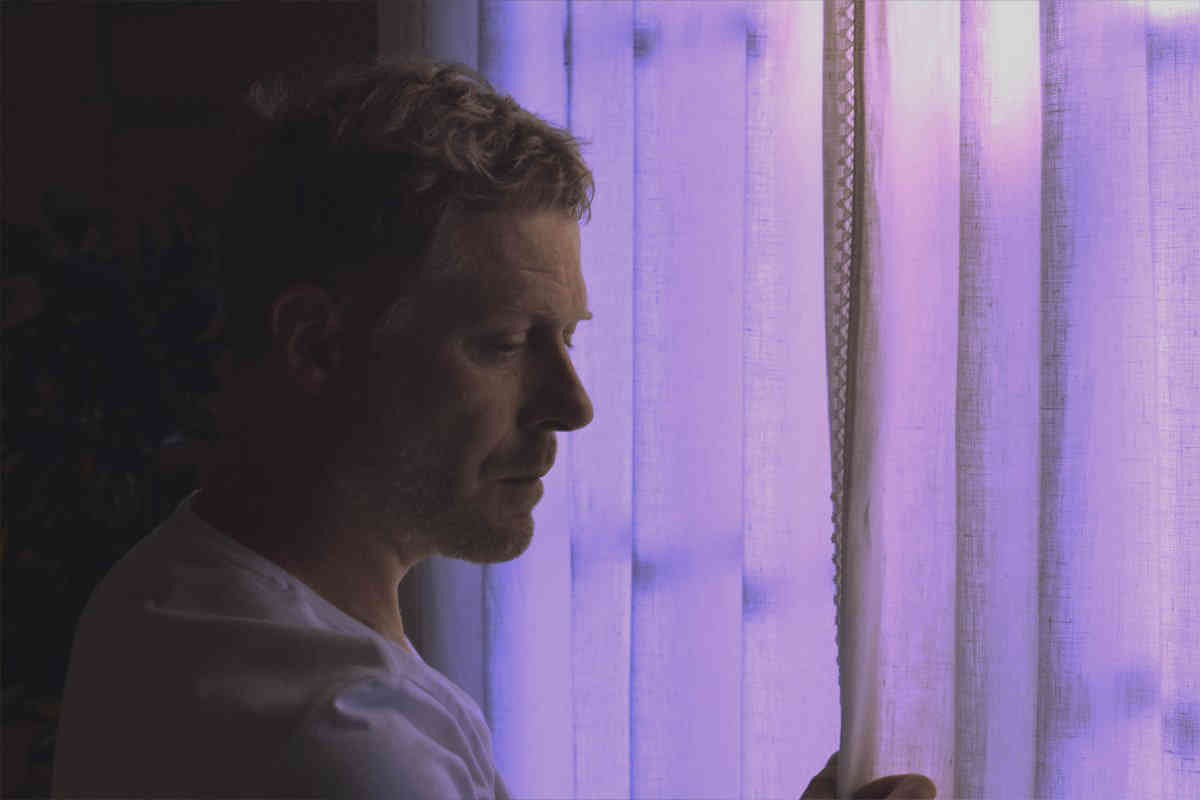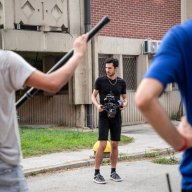Rob Tregenza has worn many hats: distributor, director, cinematographer. His company Cinema Parallel released films by Michael Haneke, Jean-Luc Godard, Jacques Rivette, and Béla Tarr in the US before going under in the late 1990s. He went on to work as a cinematographer for Tarr, as well as Alex Cox. However, he’s only been able to direct three more films since completing “Talking To Strangers” in 1987, and although he’s American, his latest, “Gavagai,” was shot in Norway.
The adventurousness of all Tregenza’s work comes with a real commercial price, but both “Talking To Strangers” and “Gavagai” are also the kind of films that show what independent cinema can achieve when aiming for aesthetic adventure rather than an audition for a Netflix series or a superhero movie. Made two years ago, “Gavagai” was rejected by almost every film festival to which Tregenza submitted it. It mystifies me how such a strong film could get passed over so consistently. I suspect the only reason it eventually found an American distributor is that critic Richard Brody wrote a review raving about it in The New Yorker last September, at a time when its sole screening in this country had taken place in Maine.
Austrian actor Andreas Lust plays Carsten Neuer, a man devoted to the project of translating Norwegian poet Tarjei Vesaas’ work into Chinese. He’s haunted by visions of a woman in chalky makeup and traditional Chinese dress. But most of the film is devoted to his quotidian life, as he travels to rural Norway and meets a tour guide (Mikkel Gaup). The guide gives him a ride to a remote inn. As “Gavagai” continues, we learn the probable source of Carsten’s hallucinations: his wife, who was Chinese, has recently died. Thus, his project of translation has now taken on an added emotional weight. Carsten’s eventual goal is scattering her ashes over a mountain’s edge.
Tregenza was fond of long takes well before he began working with Tarr. Even so, “Gavagai” shows the influence of the Hungarian director’s tireless camera movements. Particularly in its first half, Tregenza, who also worked as his own cinematographer (and editor and co-writer), relies on Steadicam tracking shots. In 90 minutes, this film contains only 21 shots. The interaction between the camera and characters is so complex that the film comes close to incorporating elements of dance in its framing and blocking, recalling Max Ophüls as much as Tarr (whose bone-deep gloom it rejects, even as it takes grief as its subject matter). Shooting in 35mm, Tregenza captures an amazingly rich palette of shades of green. Some scenes look so uncanny that I wondered if the color was digitally altered in post-production, but Tregenza has stated his proud fondness for analog filmmaking.
Tregenza has supplied a bibliography to accompany his film, relying heavily on philosopher Martin Heidegger. The title “lost in translation” was already taken by Sofia Coppola, of course, but the word “gavagai” says something similar. Invented by writer W. V. O. Quine, it cannot be simply defined but alludes to the difficulty of fully knowing words in another language. When Carsten and Gaup, who is Norwegian, talk to each other, they speak in English, but in this film’s brief moments where Norwegians speak together, their dialogue goes unsubtitled. “Gavagai” means to evoke the real insecurities of traveling in a foreign land: not everything is meant to be fully understood. Anyway, the dialogue generally seems less important than Carsten’s voice-over delivery of Vesaas’ poetry.
“Gavagai” toys knowingly with Orientalist imagery, but puts it in context: it clearly belongs to Carsten’s mental bank of favorite depictions of women, rather than Tregenza’s. In some ways, his whole project of translating Vesaas into Chinese comes to feel like a red herring, even an elaborate and unhealthy ruse to prolong coming to terms with the loss of his wife.
“Gavagai” avoids simplistic accusations about appropriation and Westerners’ “incorrect” interest in Asian culture, but its depiction of Carsten’s fantasy life makes one wonder about how he might have viewed his wife as a muse. The film builds towards an emotional climax, with a different rhythm than a conventional drama. Tregenza refuses to end with Carsten’s catharsis, even if he places great importance on it. He even draws attention away from Lust’s excellent performance during that scene by laying a voice-over on top.
Filmmakers with whom I’ve talked have told me that festivals and distributors are increasingly looking for work that’s topical in a shallow and predictable way. An emotional and philosophical reflection on language and grief that values poetry (which might be a political statement when Forbes magazine publishes op-ed pieces calling for public libraries to be destroyed and Amazon to take over their former functions), “Gavagai” is not going to appeal to the arthouse audiences understandably looking for heroes in a hostile society the way the documentaries “RBG” and “Won’t You Be My Neighbor?” did earlier this year. But if one wants to see an inheritor to the mantle of Tarkovsky and Bergman, “Gavagai” is essential viewing.
GAVAGAI | Directed by Rob Tregenza | Shadow Distribution | In English and Norwegian without English subtitles | Opens Aug. 3 | Cinema Village | 22 E. 12th St. | cinemavillage.com


































